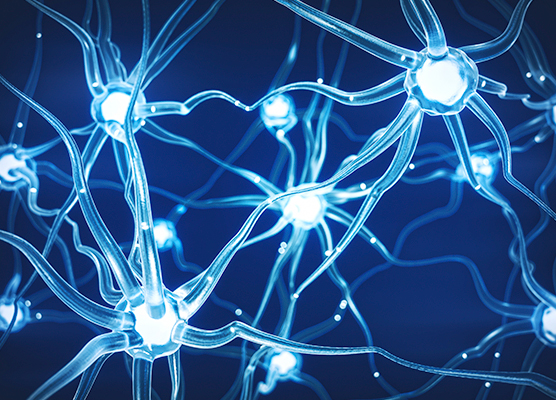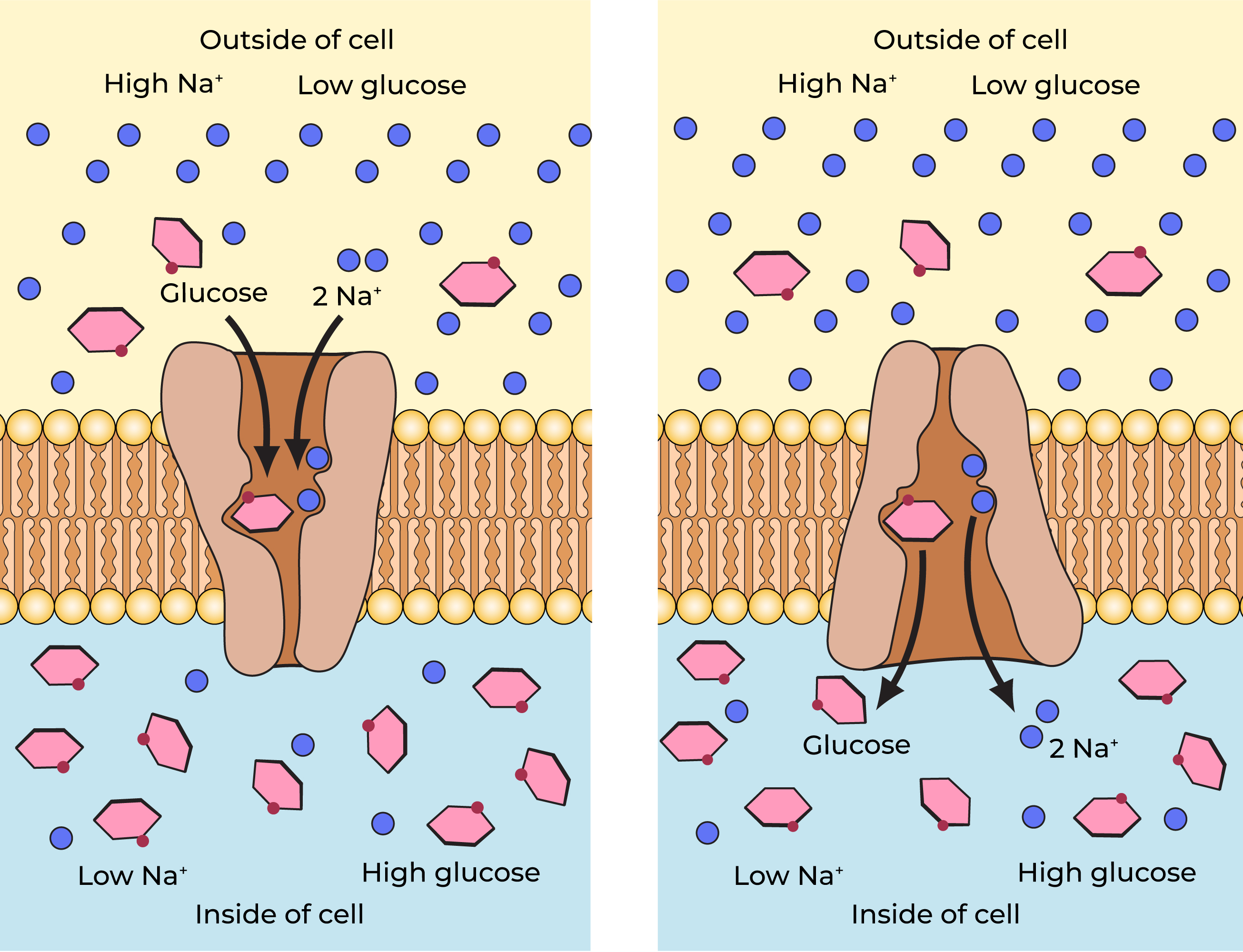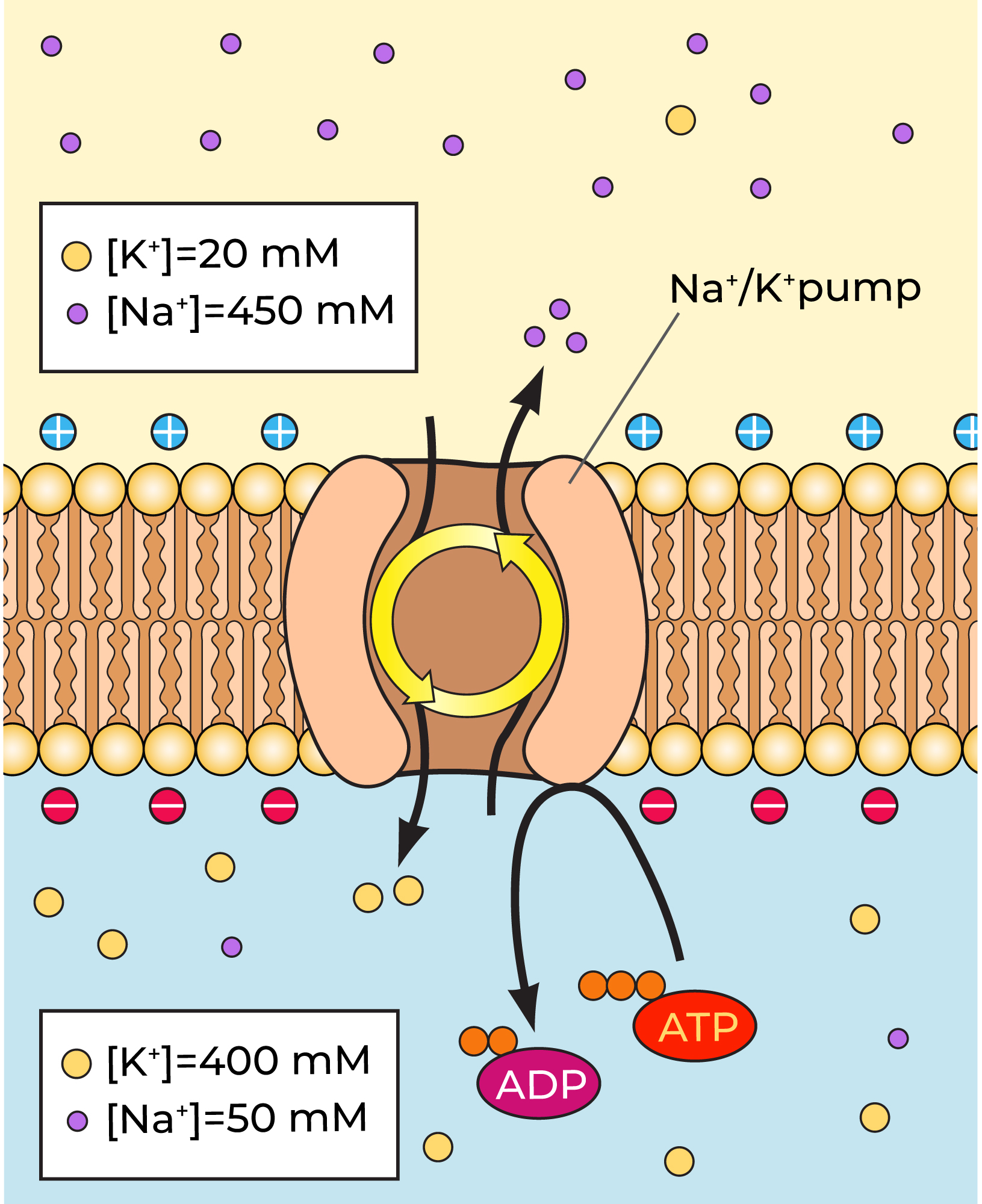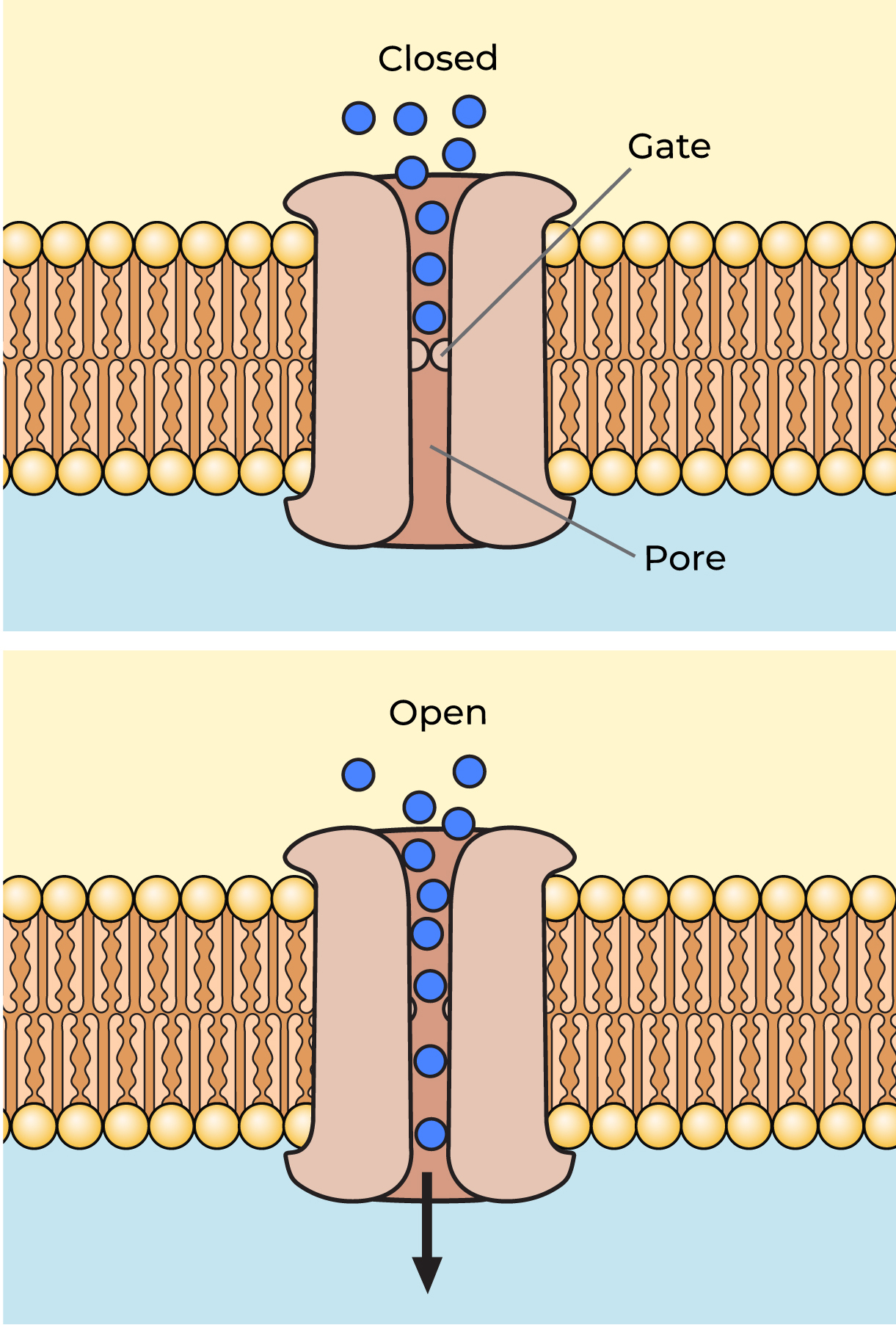
This course serves as an introduction to the structure and function of the vertebrate nervous system. We begin the course with the study of nerve cells: their basic structure, how they establish and maintain the resting membrane potential, how they propagate an action potential, and how they transfer information via the process of neurotransmission. We next move into an investigation of the anatomy of the central nervous system (brain and spinal cord) with an emphasis on neurodevelopment. With the above knowledge in hand, we move into the sensory systems and investigate smell, hearing, vision, and pain sensation by focusing on how physical stimuli (such as sound waves) are converted into neural signals, where these signals travel in the brain, and how they are processed. We finish the course with an investigation into the function of the various motor systems and the autonomic nervous system.
When you register for NEUR 1000, you are automatically enrolled in a mandatory neuroscience learning assessment to gauge your prior knowledge of biology and chemistry and help prepare you for the course. The learning assessment can be found in Canvas and must be completed before NEUR 1000 begins; it is recommended that you begin the learning assessment at least a week in advance. This learning assessment helps you get familiarized with baseline knowledge that you need before beginning the course and enables all students to begin the course with the same baseline knowledge. Completing the assessment accurately takes 2-10 hours. You can review the materials as many times as you want. We encourage you to earn a passing score in this assessment to be successful in completing the NEUR 1000 course. If you are unable to pass this assessment successfully, you can still remain in the course, but we recommend that you consult with your advisor about next steps.
Example topics in this self-assessment:
- Biology: transport across a membrane, gene expression
- Chemistry: diffusion, electrical properties of ions
- Physics: Ohm's Law, capacitance
This course requires the textbook Neuroscience: Exploring the Brain (4th Edition, 2015) by Mark Bear, PhD; Barry Connors, PhD; Michael A. Paradiso, PhD (ISBN-10: 0781778174).
You have the option to enroll in this individual course without committing to the entire Certificate in Neuroscience, enjoying the flexibility and expertise offered by Penn LPS Online to suit your schedule and interests. BAAS students, certificate students, and those taking individual courses must first complete NEUR 1000 before enrolling in additional neuroscience courses.
Watch instructor Dr. Michael Kane give an overview of the course he teaches, NEUR 1000: Introduction to Neuroscience.
If you are having trouble viewing this video, watch it on YouTube.
*Academic credit is defined by the University of Pennsylvania as a course unit (c.u.). A course unit (c.u.) is a general measure of academic work over a period of time, typically a term (semester or summer). A c.u. (or a fraction of a c.u.) represents different types of academic work across different types of academic programs and is the basic unit of progress toward a degree. One c.u. is usually converted to a four-semester-hour course.
Preparing for NEUR 1000
Students who enroll in NEUR 1000 and future neuroscience classes should have an academic background in biology, chemistry, and physics. When you register for NEUR 1000, you will be able to complete the required learning assessment several weeks before the class begins. It is recommended that you begin the learning assessment at least a week in advance. This assessment is designed to familiarize you with the baseline knowledge that you need to begin the course and will take 2-10 hours to complete. Below you will find information about the assessment as well as some resources to help you begin the certificate.
While we encourage you to earn a passing score, you can still remain enrolled in the course if you do not pass the assessment. However, please consult your advisor about next steps.
1. Membrane Transport
Select the appropriate label for each type of transport image below (click to enlarge the image).

2. Capacitance
If you have two solutions separated by a semipermeable membrane, one solution of 10M NaCl and one solution of 10 KOH, what will happen if the membrane is permeable to just Na+?

A. There would be net movement of Na+ to the right side, and the left side would have a net positive charge.
B. There would be net movement of Na+ to the right side, and the right side would have a net positive charge.
C. There would be net movement of Na+ to the left side, and the right side would have a positive charge.
D. There would be net movement of Na+ to the left side, and the left side would have a positive charge.
E. There would be net movement of Na+ to the right side, and there would be no charge difference.
There would be net movement of Na+ to the left side, and there would be no charge difference./p>
You can view the following videos and resources to refresh your knowledge of foundational anatomical and physiological concepts that support neuroscience studies.
- In Da Club - Membranes & Transport: Crash Course Biology
- The Nervous System, Part 1 - Crash Course Anatomy & Physiology
- The Nervous System, Part 2 - Action! Potential!: Crash Course Anatomy & Physiology
- The Nervous System, Part 3 - Synapses!: Crash Course Anatomy & Physiology
- Central Nervous System: Crash Course Anatomy & Physiology
- Vision: Crash Course Anatomy & Physiology
- Taste & Smell: Crash Course Anatomy & Physiology
- Hearing & Balance: Crash Course Anatomy & Physiology
- Peripheral Nervous System: Crash Course Anatomy & Physiology
- Autonomic Nervous System: Crash Course Anatomy & Physiology
- Kahn Academy's Neuron and Nervous System Unit
If you would like more immersive instruction in the physical and life sciences, you may wish to complete the following for credit, online courses before enrolling in NEUR 1000.
These courses will not count towards the 4-course requirement for the Neuroscience Certificate.
Instructor
- Faculty, Penn LPS Online Certificate in Neuroscience
Born and raised in the Philadelphia area, Dr. Kane earned his undergraduate degree in psychology at Penn State University. For the next several years, he worked as a research assistant in the neuroimaging lab of Dr. Bradley Peterson, first at Yale University, then at Columbia University. Dr. Kane went on to UCLA (“The West is the Best” as fellow Bruin Jim Morrison proclaimed) where he… Read more





